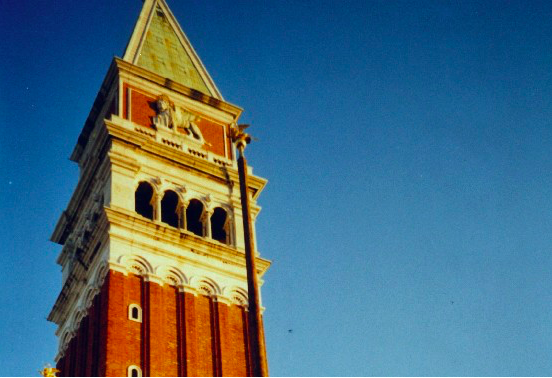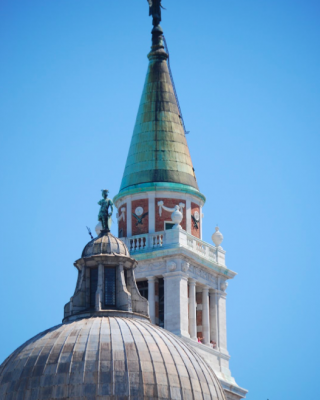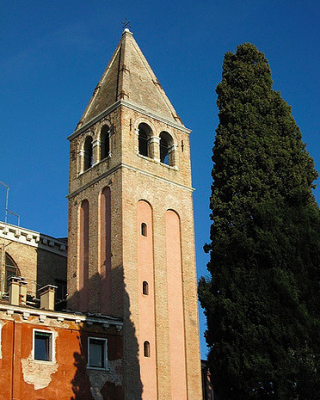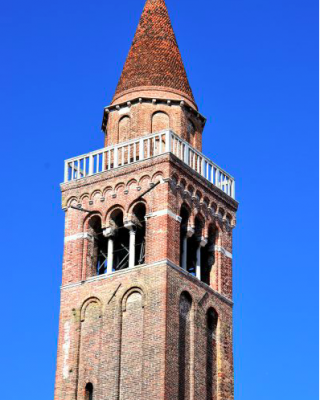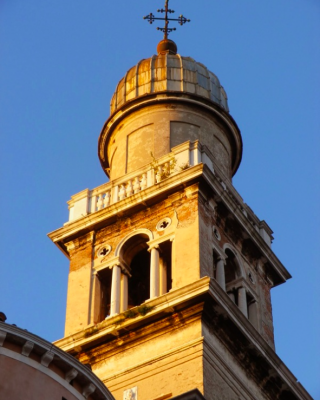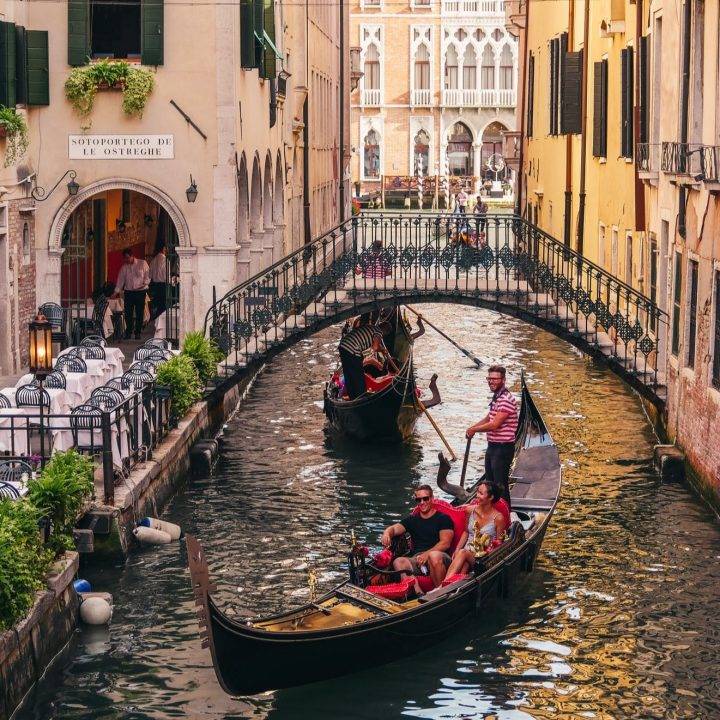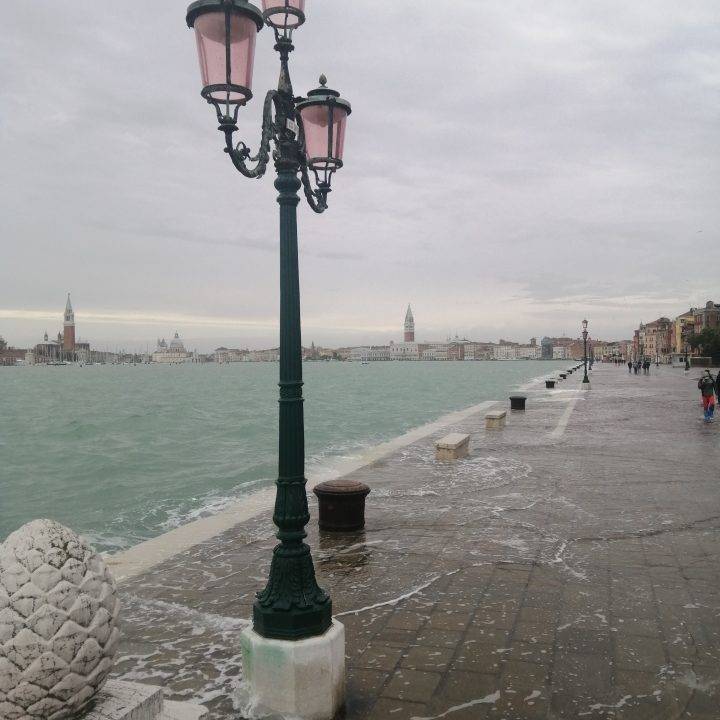The Bells of Venice are one of the strongest reminders of how much things have changed in someways and how little in others. We listen to the same bells as those of the past but we don’t rely on them as we used to. Discover here where to find the various bell towers, what they mean and their history
In Venice, time is different. You will notice that people talk about distances in terms of minutes and make plans for the next half an hour rather than next week.
This is all part of the fact that the city is not as large or as noisy as Hong Kong or London. However, the purpose of this article is not to observe how time passes in Venice, but instead, to celebrate how time is recorded, heard and signalled. Time takes on a different role in Venice because it echoes through the streets, indifferent to plans, as reliable as the sun and uniting in its control. Today there are 107 bell towers that remain in the city and the lagoon, find a map and more information about each one here.
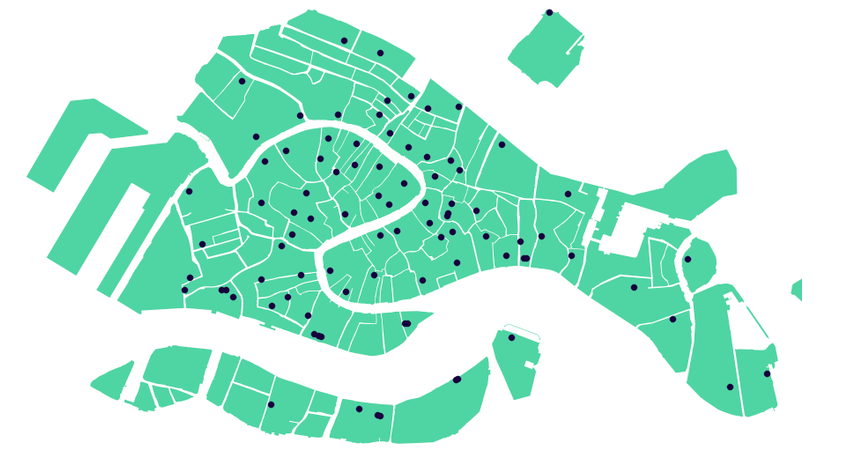
It is remarkable just how quickly you become accustomed to these bells. Some days you will swear that they didn’t ring, but that is just a sign that we are too busy or have spent too much indoors.
Having said this, it is this sound that I miss when I am not in Venice, you search for it, the grownup keeping track of your time, giving a structure to the day.
In the majority of Bell towers that remain in the city, there are 3 or more bells. The reason for this is most probably musical because to make a chord you need atleast three notes. This is a concept I loved when I found out, because it shows that they are not only a sound with a function, but they are music in the city, designed to be recognized, a voice as familiar as a friend.
It is for this reason that they are so closely protected. In fact on the very same sad day that the original tower collapsed in San Marco in 1902, the city council gathered and declared that the tower would be rebuilt ‘how it was and where it was’.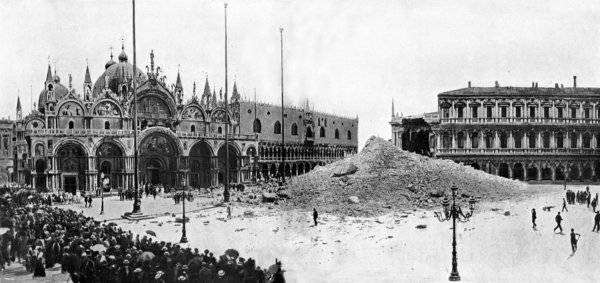
In total there are over 100 bell towers in Venice and the lagoon, the majority of which are in Castello, San Marco and Dorsoduro, unsurprisingly. But the Giudecca and San Giorgio have a respectable number for their size.
Find out more here about the Marco Polo apartment, on the border between Castello and San Marco, and only a few steps away from the bells of Santa Maria Formosa.
The History of The Bells of San Marco
The Bell tower of San Marco, is also known as the ‘Peron di Casa’ (Man of the house). Those that we hear today are in fact all renovated, apart from the largest, the Marangona, which survived the colossal fall of 1902. The other four bells, whilst still being constructed artfully of the same metal, had to be reassembled.
They originally all had different purposes, and without even realising it we familiarise ourselves with the various chords.
The Nona; chimes on the ninth hour.
The Marangona or ‘carpenter’; rung out every morning and evening to mark the beginning and end of the work-day. Named such because the workmen were known as ‘marangoni’.
The Maleficio served a more sombre purpose and its chime announced that an execution was about to take place.
and finally…The Tottiera and the bell of The Pregadi summoned judges and senators to their seats in the Doge’s Palace.
To me, there is something brilliant about the fact that the day is so indisputably over when the final bell rings, harrowingly urging you home, or as it was originally intended, signalling the end of a long working day. However, of course, regularly it happens when you simply appreciate the beauty of the noise and continue on indifferent to time.
However, having said all this, of course, regularly it happens when you simply continue on indifferent to time, and here at this point you will notice the sounds of Venice are once again different.

